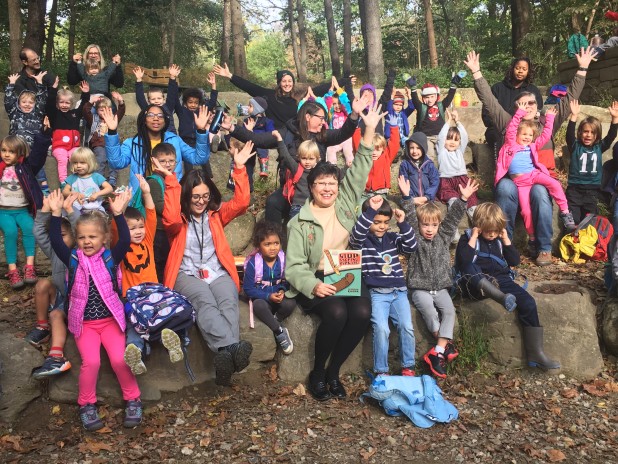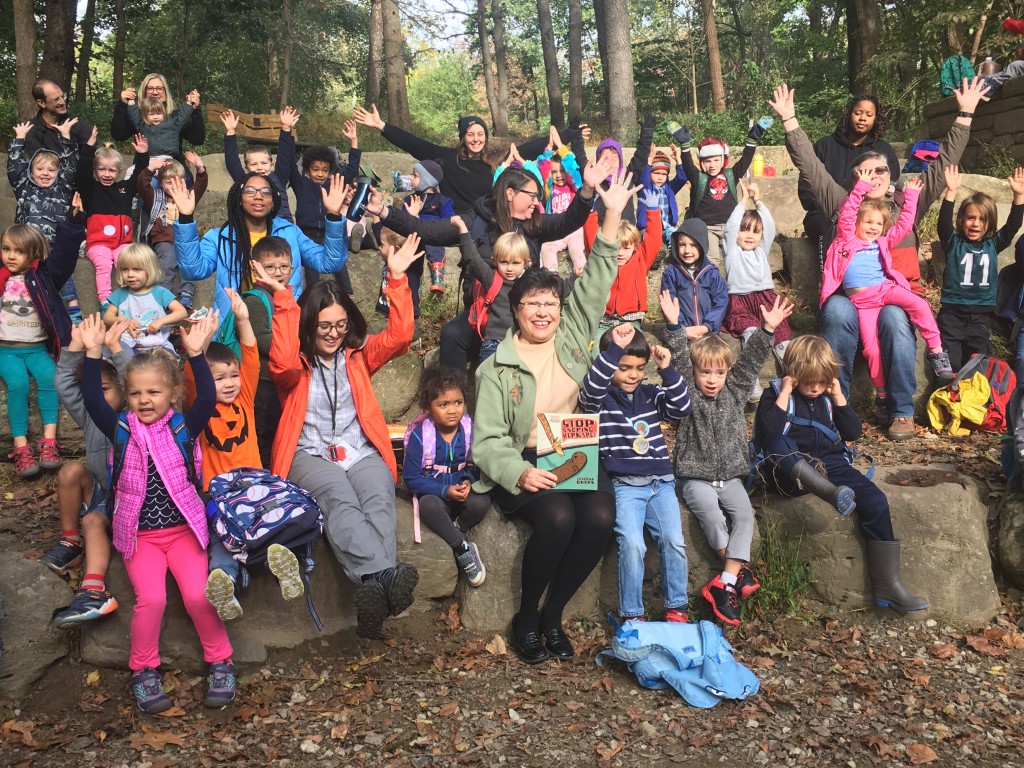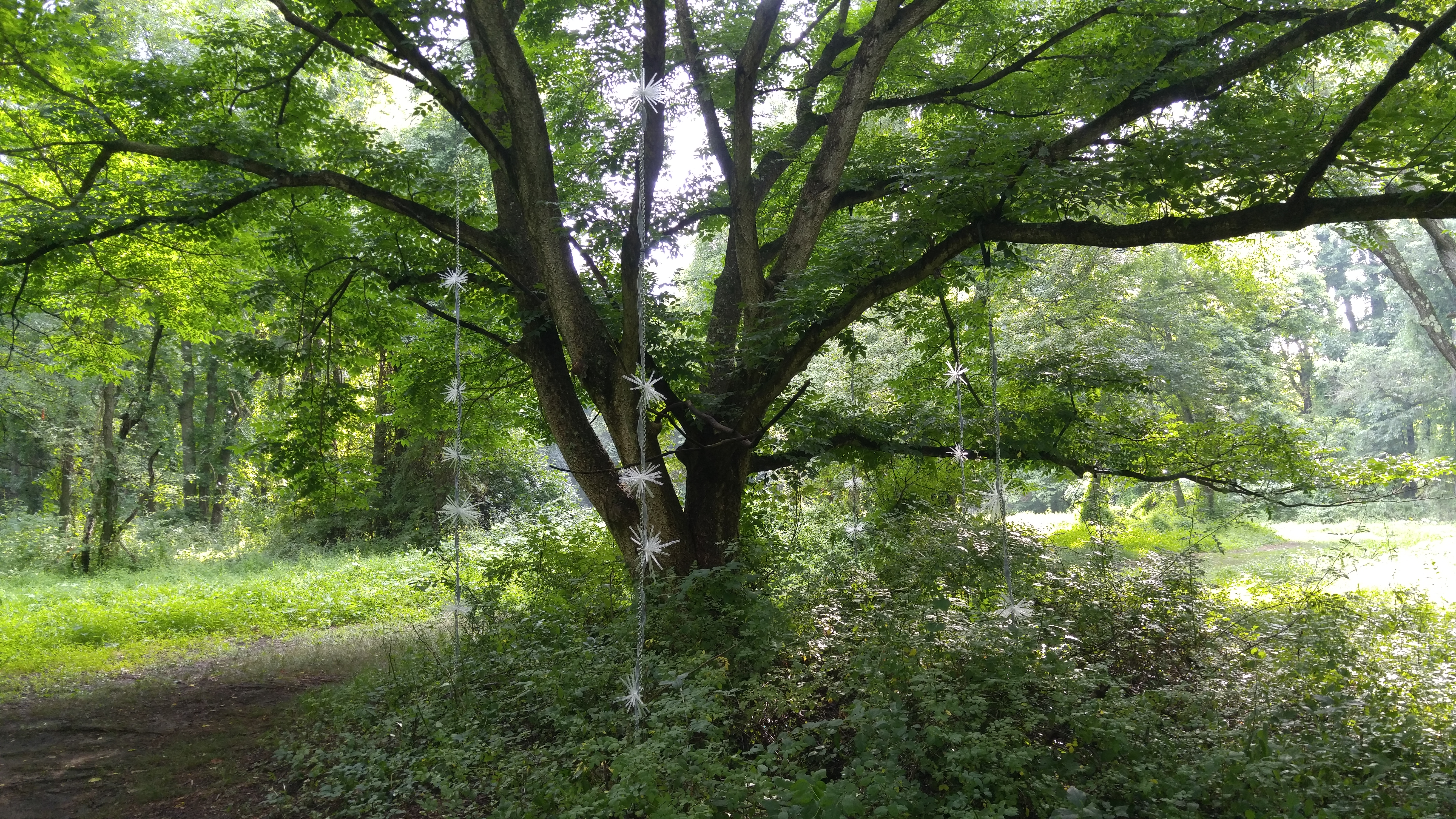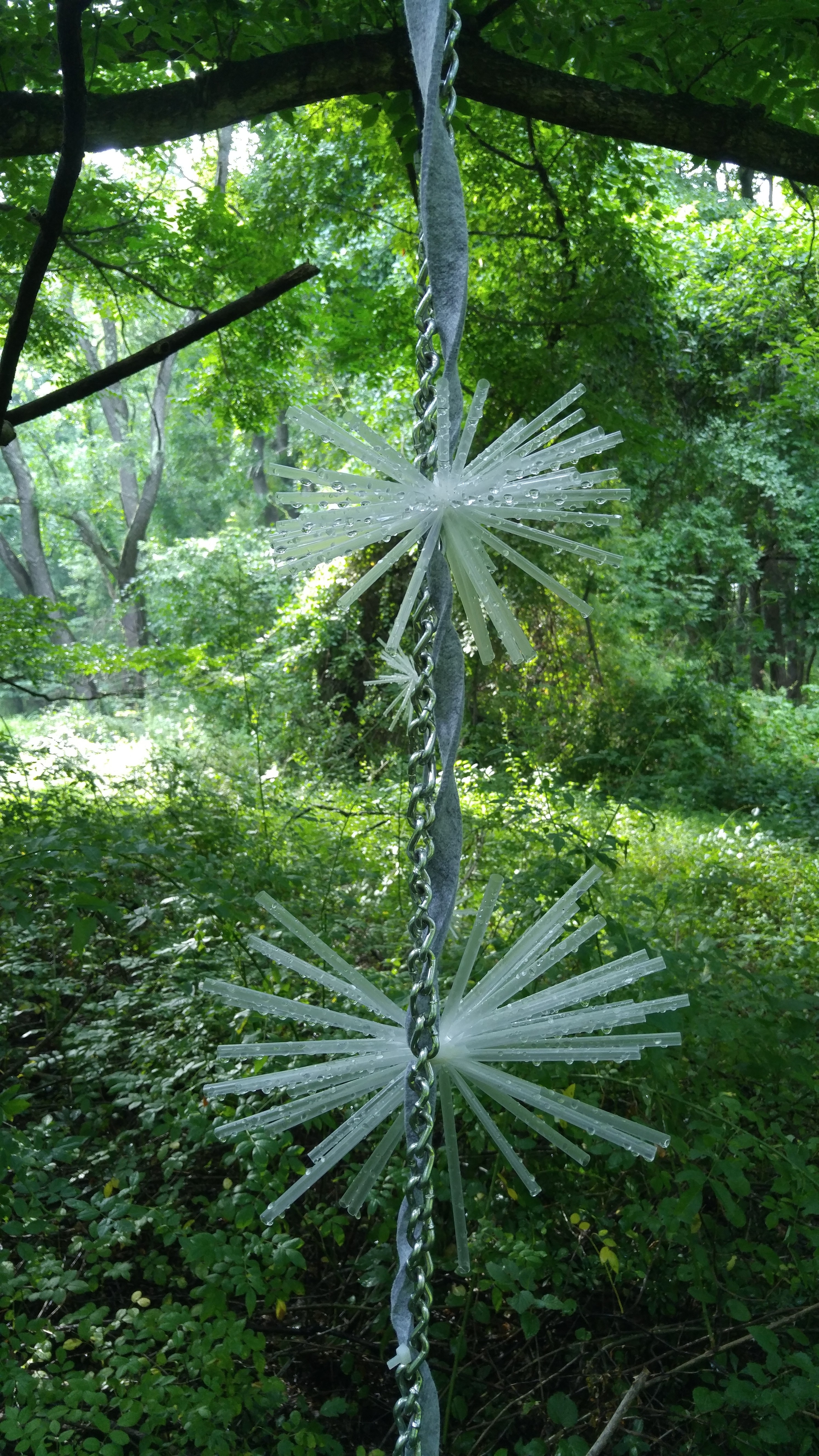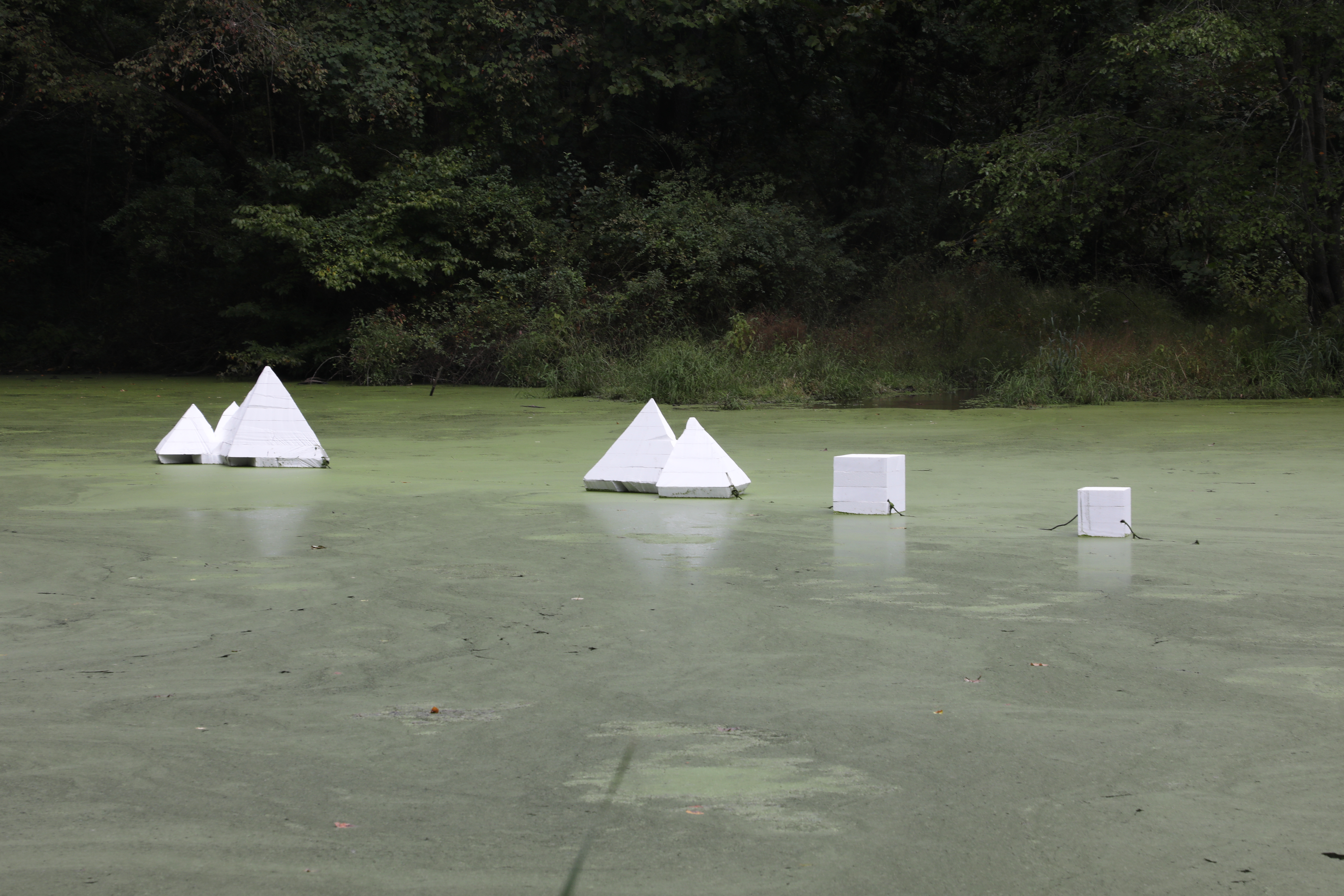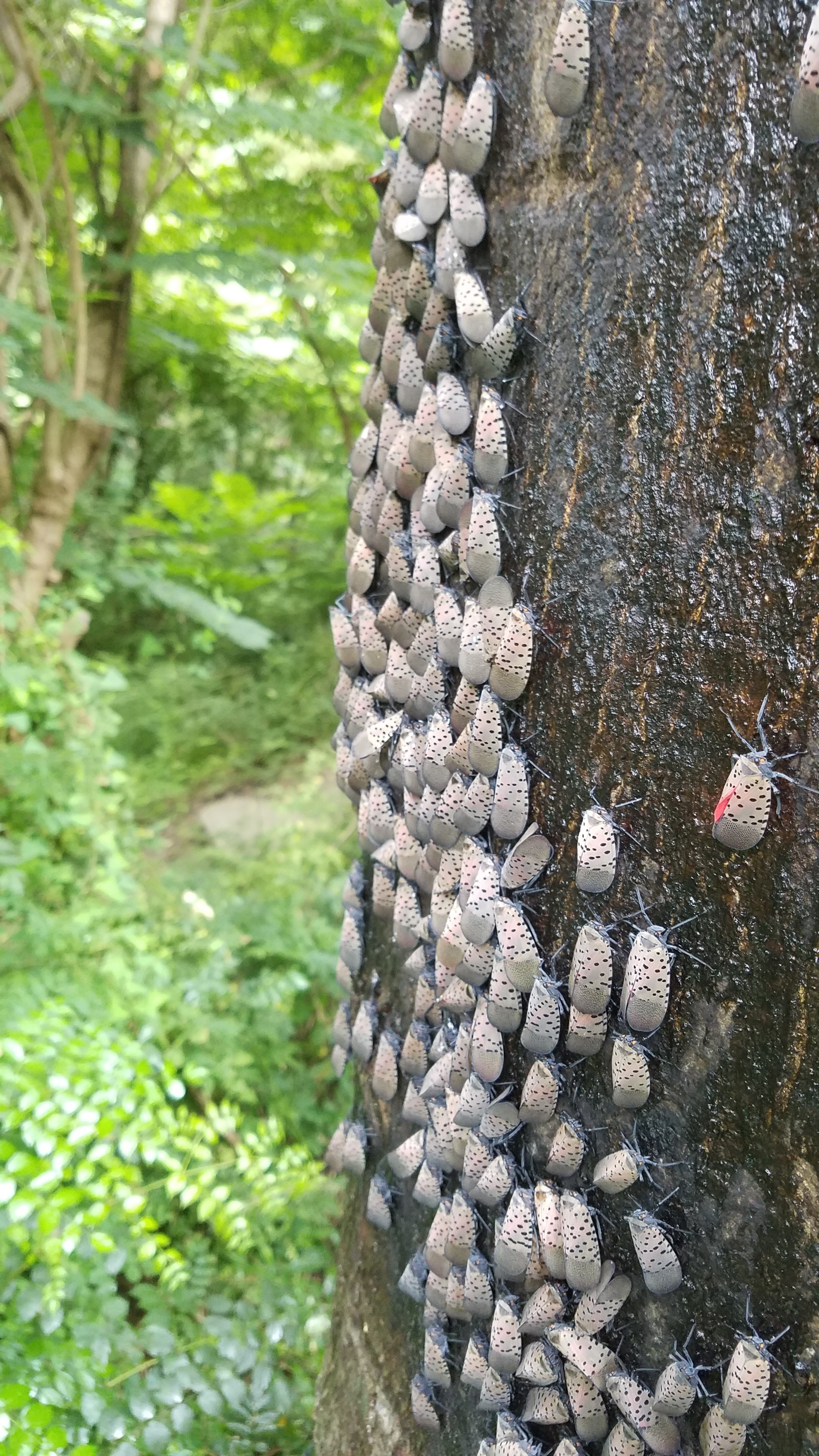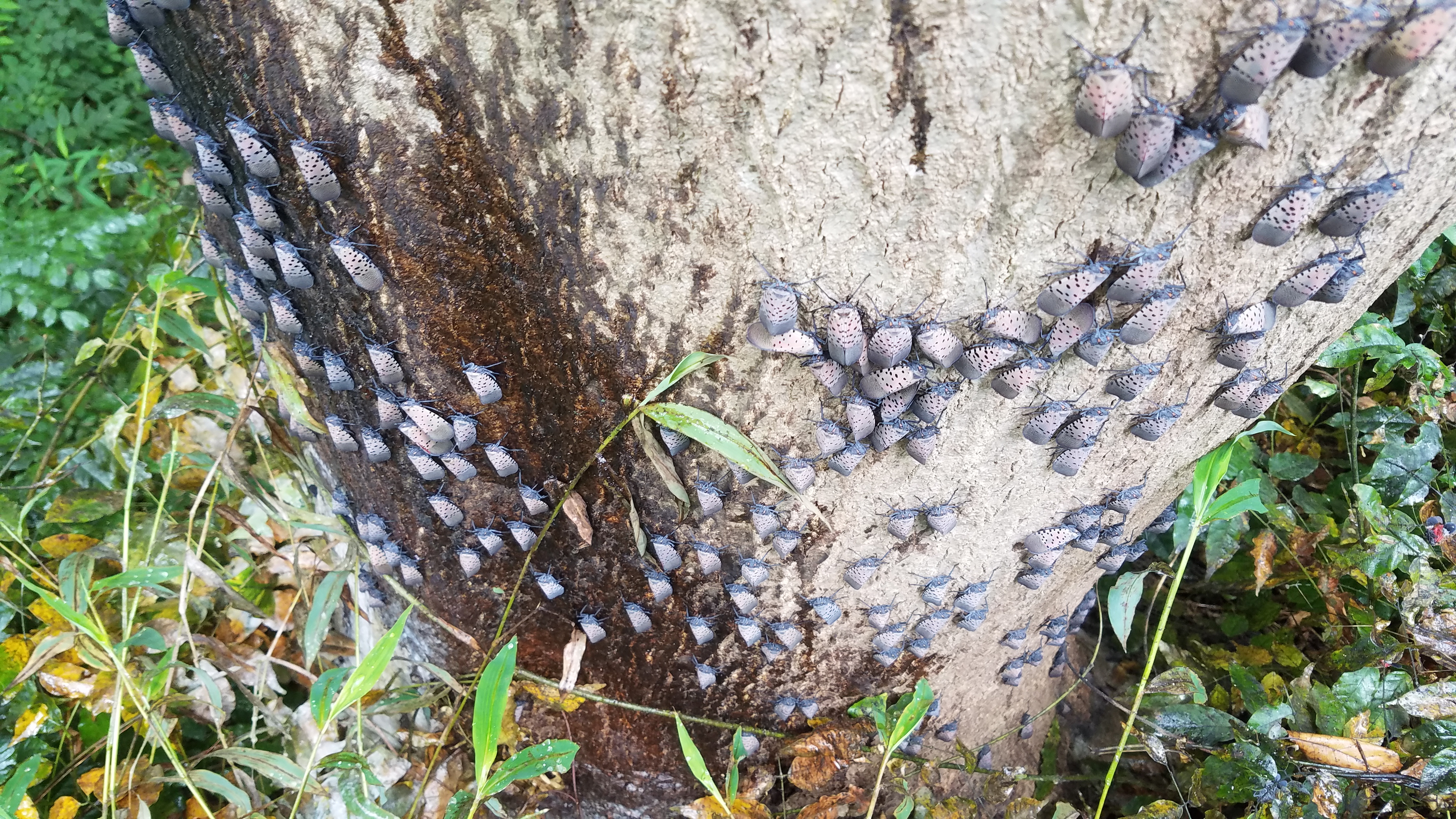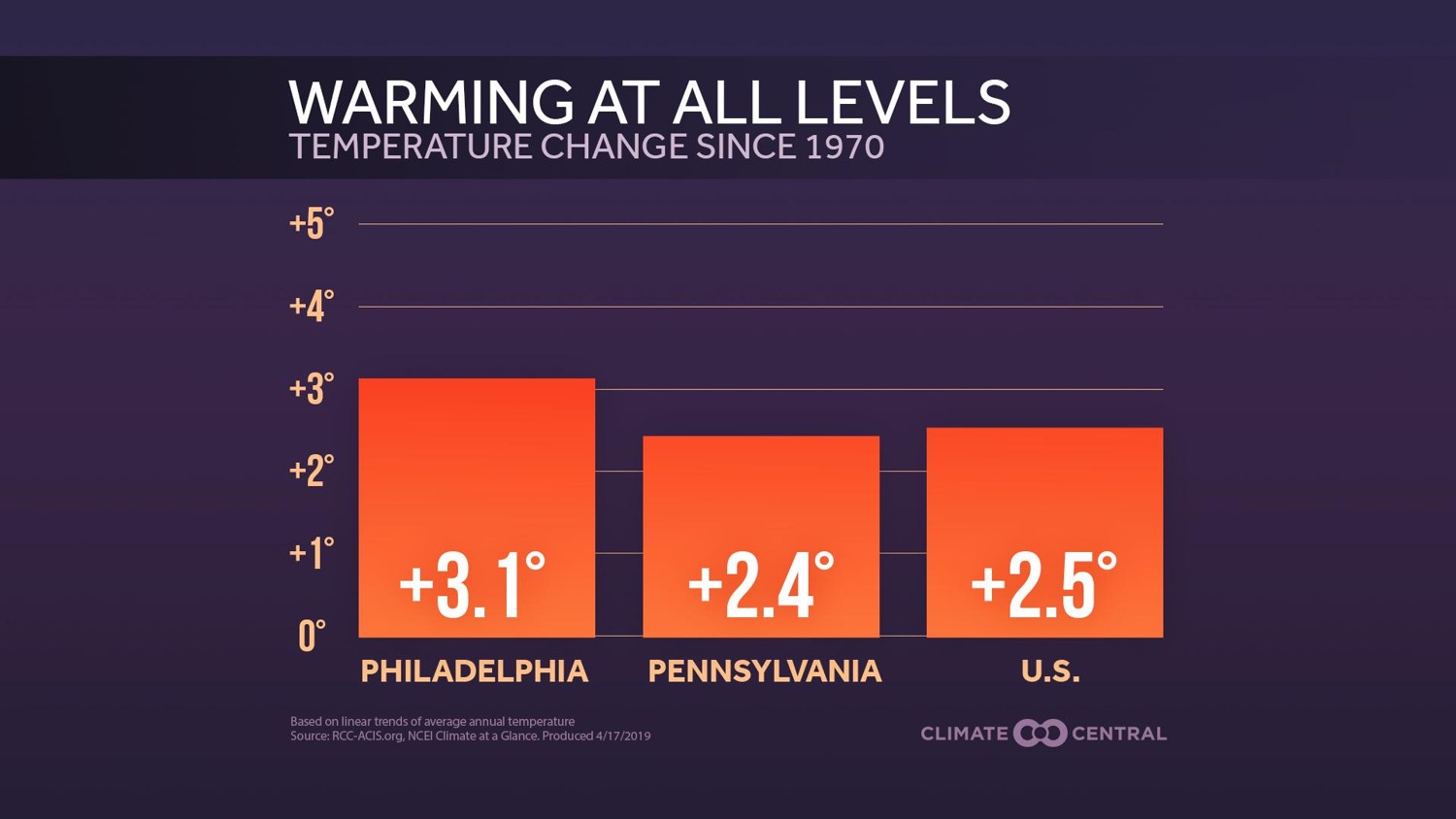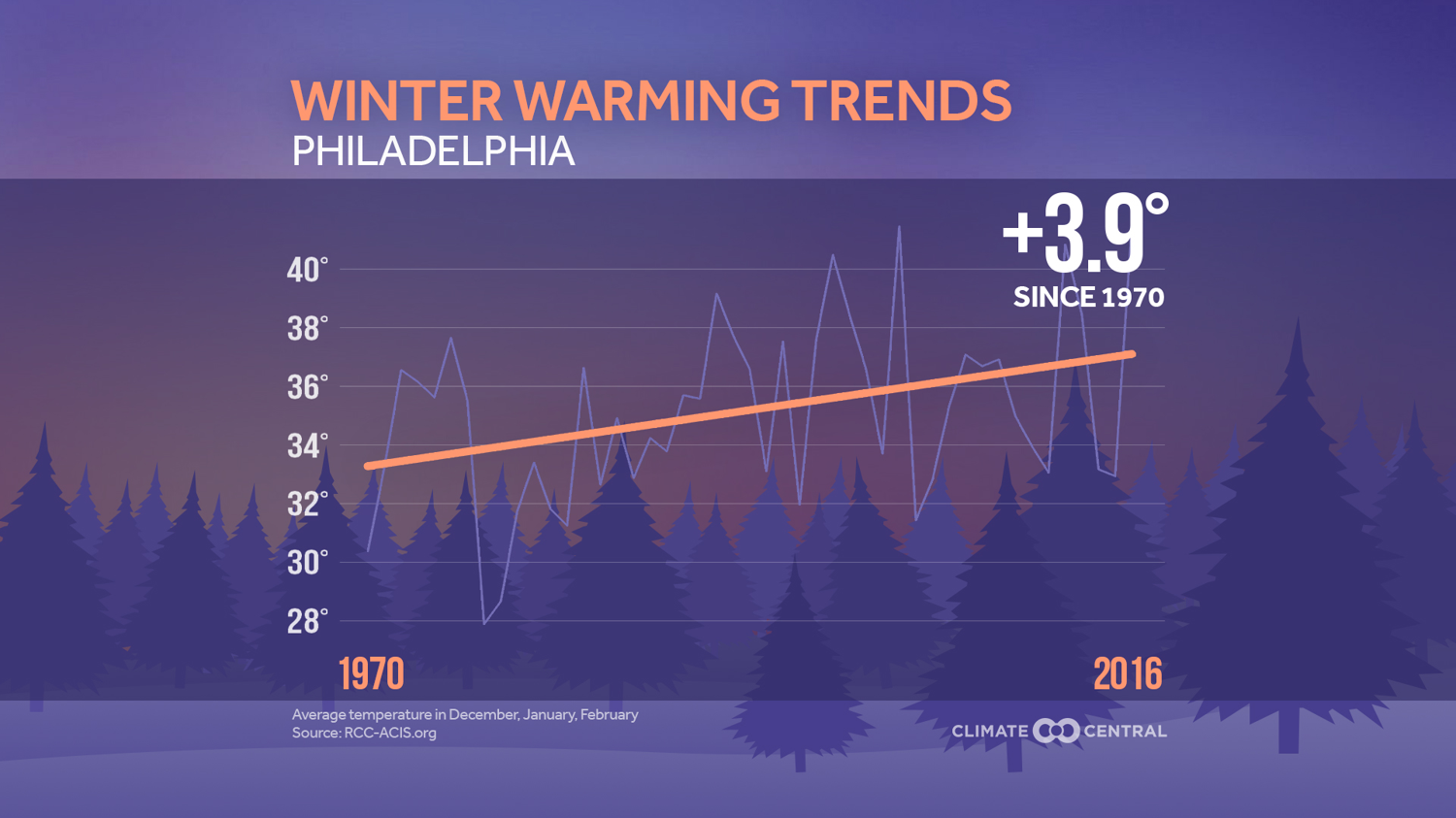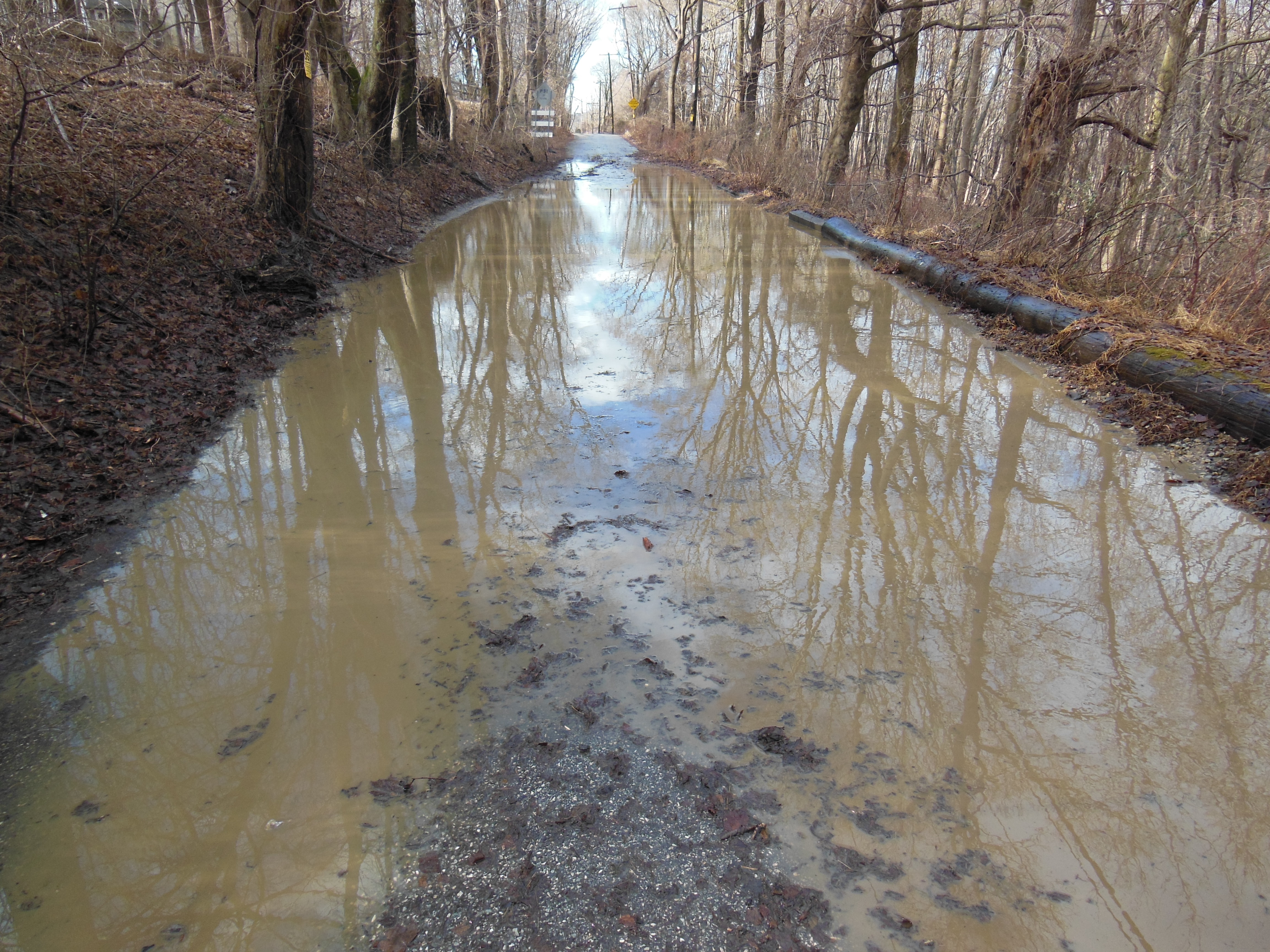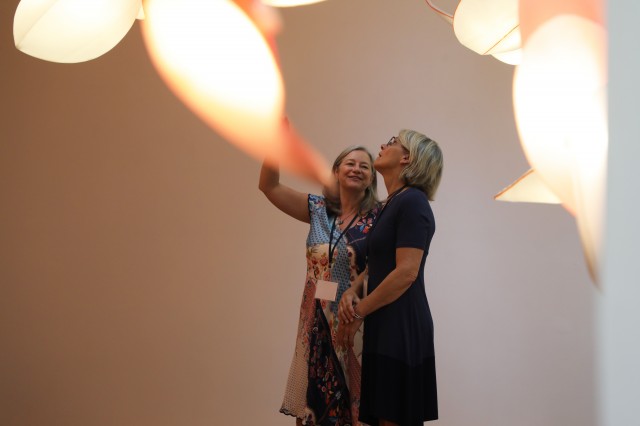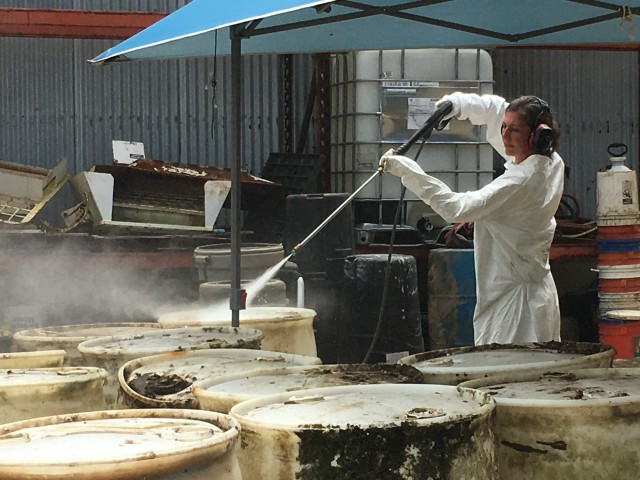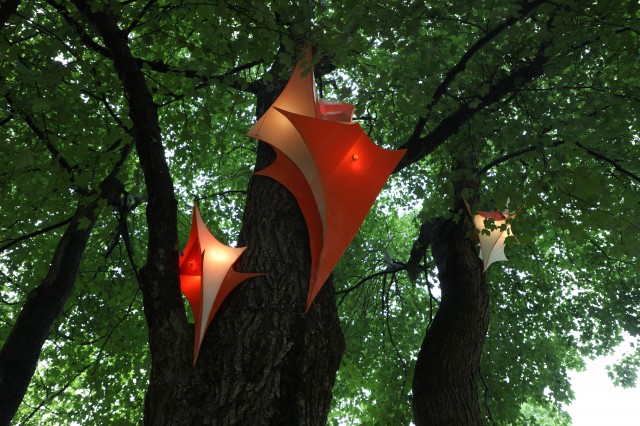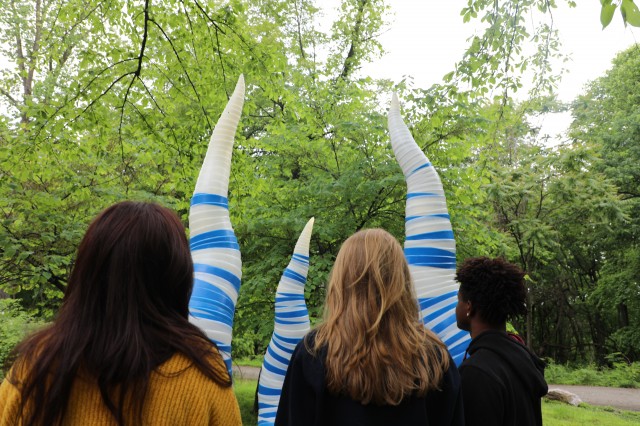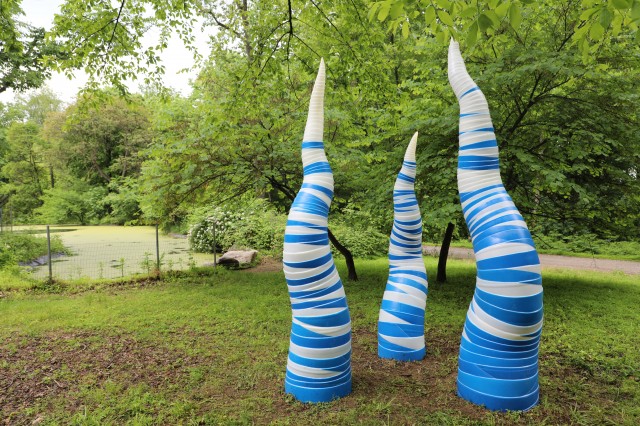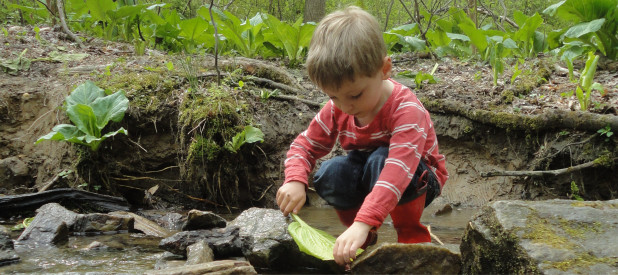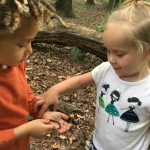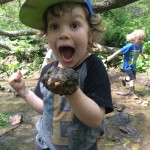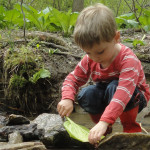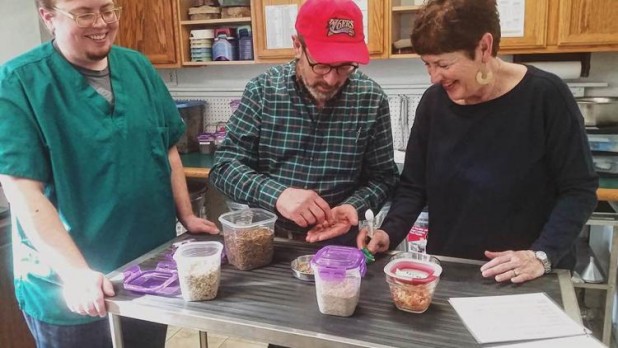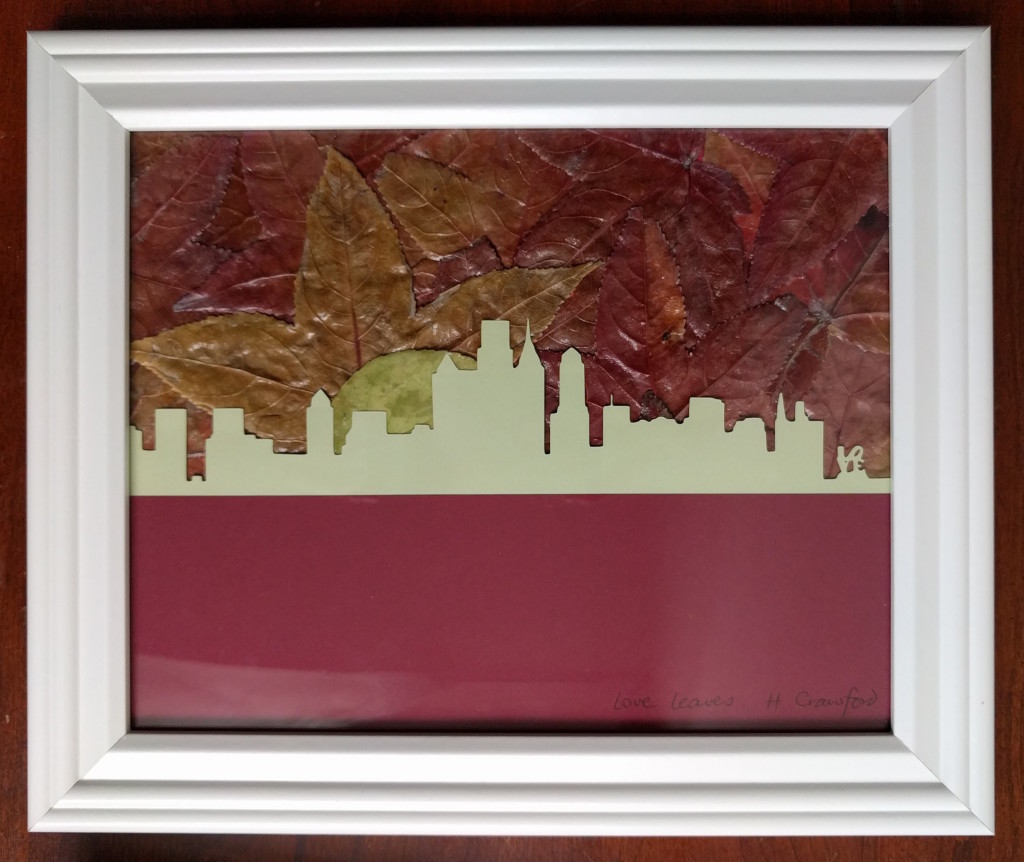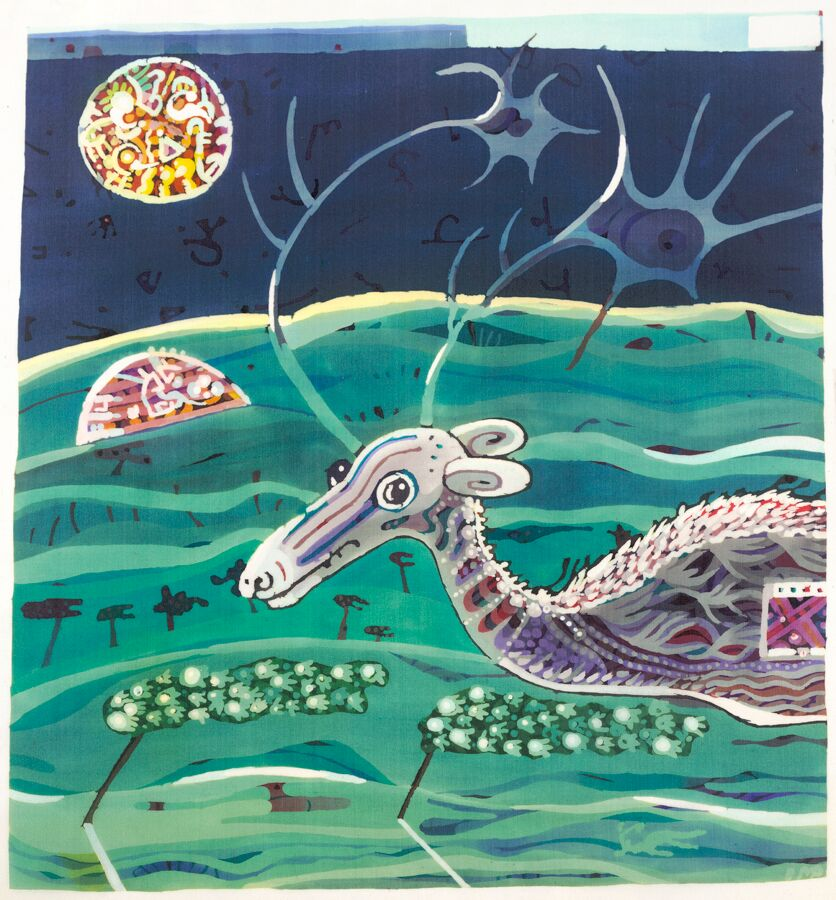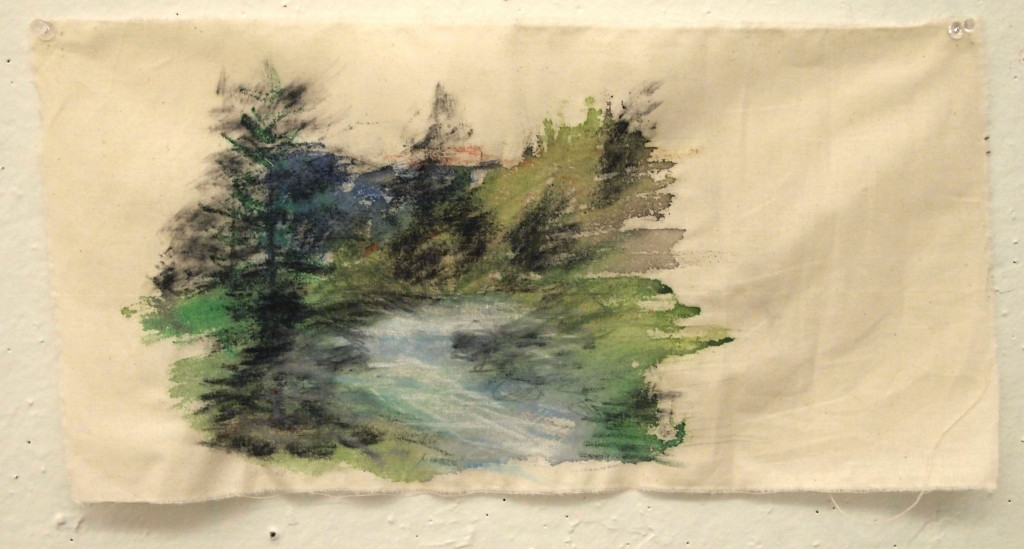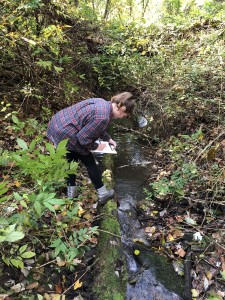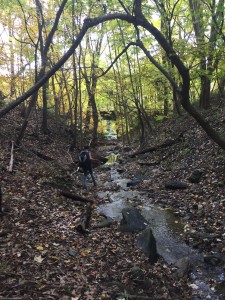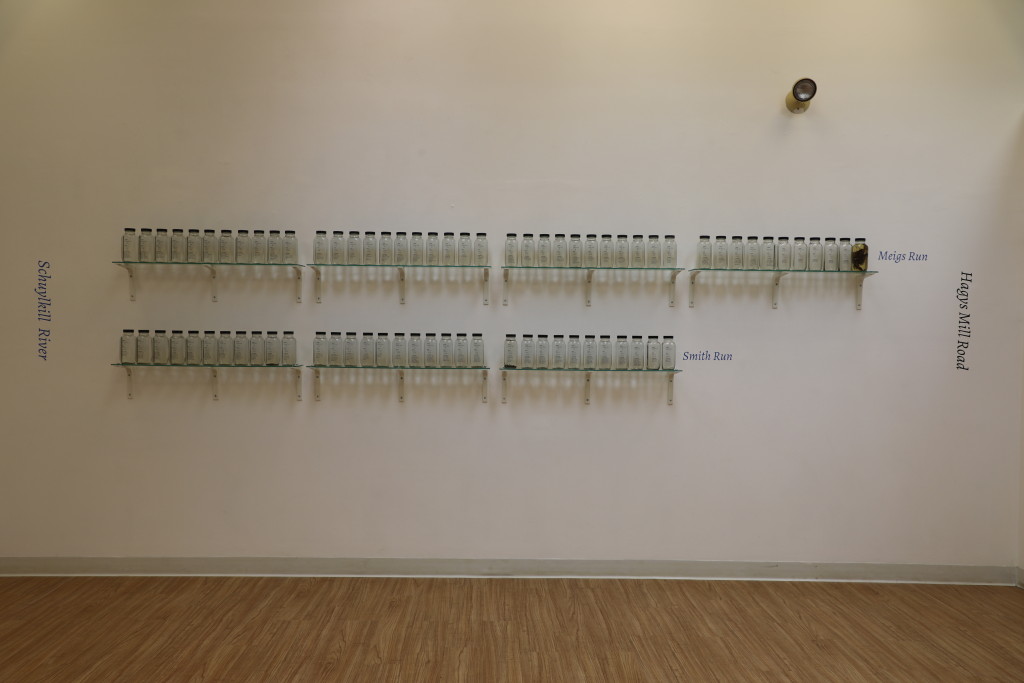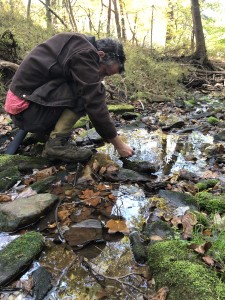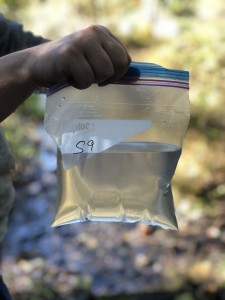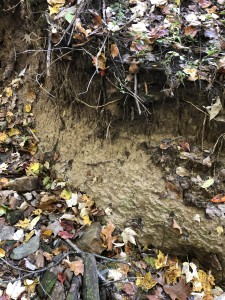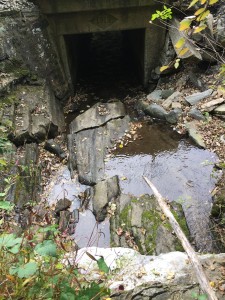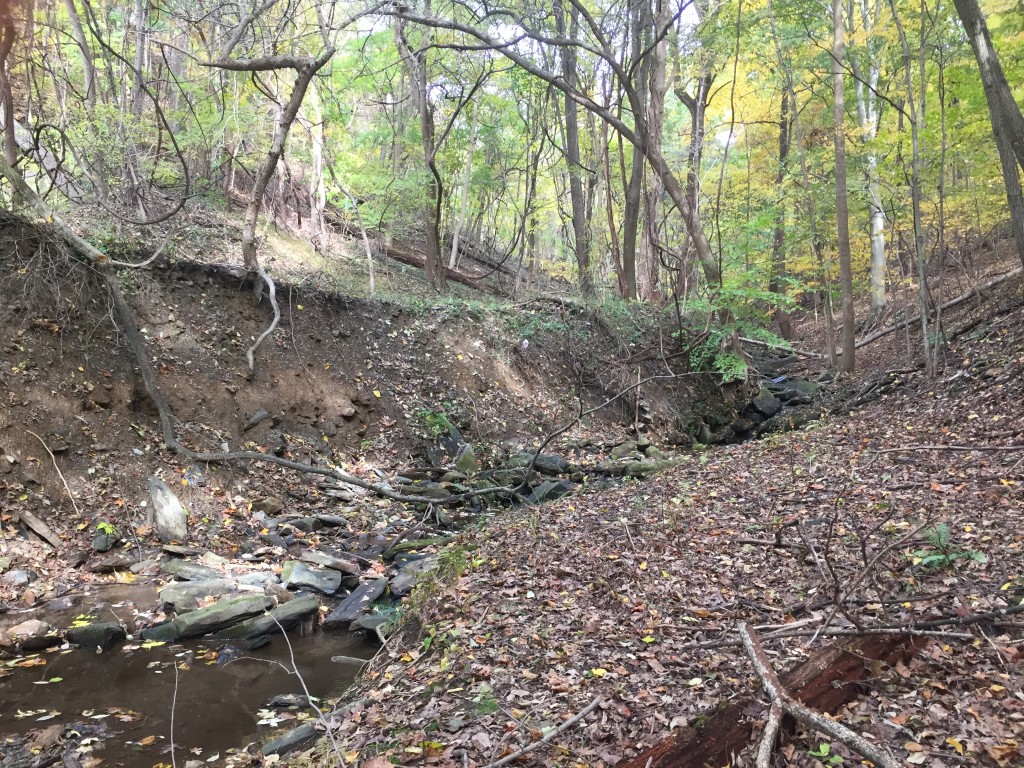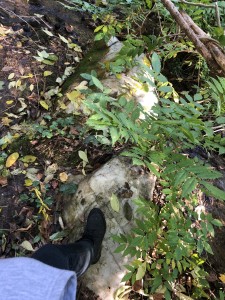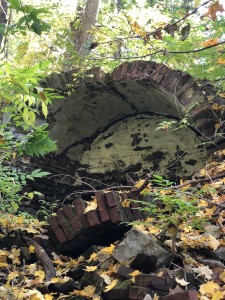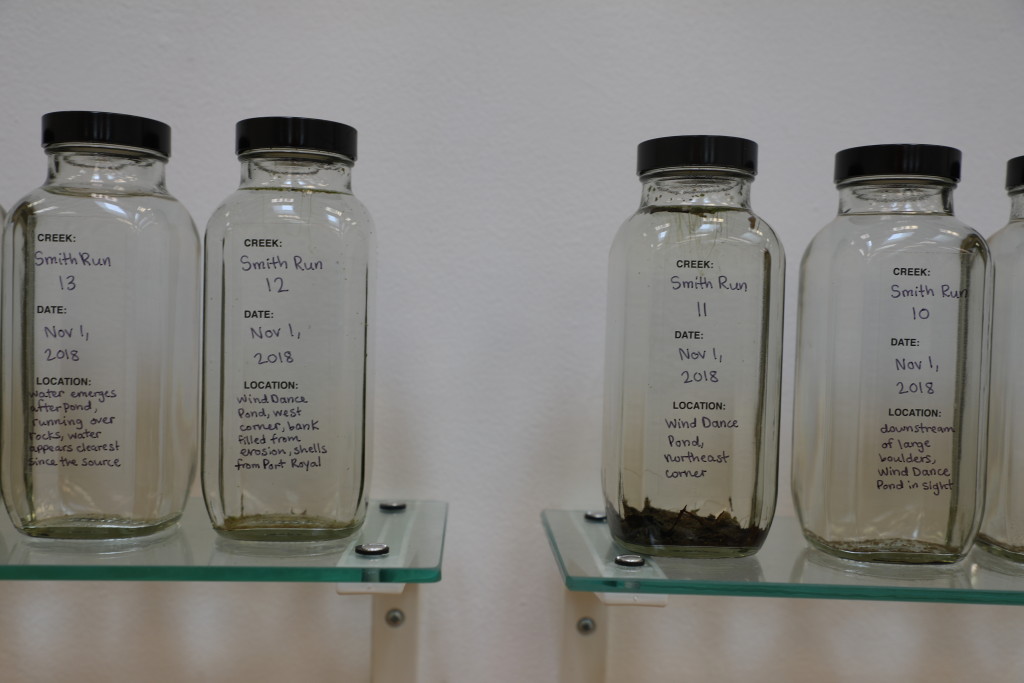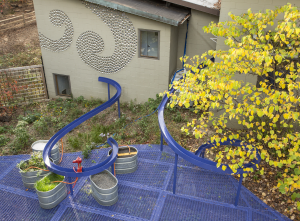By Mike Weilbacher, Executive Director
2020 will see my continued fight for redistricting reform and to continue to work in a bipartisan manner to get good policy in place.” State Rep. Pamela A. DeLissio, D-194
Celeste Hardeseter, president of the Central Roxborough Civic Association, said that, “A century and more ago, people planted trees in their yards that, 100 years later, became magnificent mature specimens. Now, as these are becoming geriatric, we are seeing more and more of them cut down. I would like to persuade property owners to plant new trees, not the pretty little things that flower and mature in 20 years, but trees that are gifts to future generations of people and wildlife who live in Roxborough.
“So my ‘dream resolution’ for 2020 would be to see 100 large canopy hardwood trees planted throughout the community – oak, beech, elm, hackberry, horse chestnut, linden and Kentucky coffeetree, etc. – plus 50 large evergreens, which provide visual screening and year-round shade, like white pine, arborvitae, spruce, etc. I would love if people let the CRCA know what they have planted. Write to us at info@crca.us. Planting trees is such an important contribution to the entire community.”
Rich Giordano heads the Upper Roxborough Civic Association, and told me, “As a relative newcomer to the neighborhood (here ‘only’ 20 years) but also someone who has a genuine reverence for the unique history of our area, I’m focused on ensuring that what is important and vital is not lost and hopefully is in fact strengthened in the face of the very real changes that we are undergoing.”
Their compatriot Jamie Wyper is president of the Residents of the Shawmont Valley Association, and echoes Rich’s comments when he chimed in, “My resolution for the year is to keep reminding our community why we live in this corner for Philadelphia – for the beautiful landscape, the wildlife, the peace and quiet, the uniqueness – and why the only way to preserve it is to forego a small amount of personal benefit for the sake of the greater and lasting community benefit of preservation. This means sticking to the zoning code and not seeking variances to build larger, more, or inappropriately. Once we allow that, it is a short leap to maximal development and the permanent loss of this special place.”
Tom Landsmann, president of the new Roxborough-Manayunk Conservancy, offered that, “My goal for 2020 is clarity and balance. Clarity to determine what’s important and a better work-life balance. Nature will be my tool to help me realize these simple goals. Last year our RMC had a very productive year. We engaged many new community park stewards, and introduced them to like-minded people and new green pocket parks in the area. This year, we’d like to continue to expand our community stewardship network, continue to improve our little green spaces, and continue to promote the benefits of native plantings with high wildlife value. Every member of our community should be exposed to nature. Nature brings clarity, mindfulness and balance to a busy modern life.”
According to James Harry Calamia, the executive director of the Roxborough Development Corp., good things are literally brewing here.
“As our Roxborough 2020 Plan’s life cycle comes to a close,” he said, “the beginning of this year welcomes an opportunity for reflection and analysis before new planning efforts unfold. The new decade also presents a fresh start for new business partnerships. The completion and opening of New Ridge Brewing Co., Night Shift Brewing, Vault Coworking as well as Ichiban Asian Restaurant are some of the most anticipated for the year.” His comments remind me that I need to have lunch at the White Yak soon, and I look forward to toasting the new breweries when they open!
Aaliyah Green Ross directs the education program of the Schuylkill Center and when I asked her what her New Year’s resolution was, she laughed. “I already broke my resolution! I resolved to eliminate single-use plastics from my life, and just bought grapes. I realized they come wrapped in plastic bags, and when I went to the Wawa, they wrapped my sandwich in plastic. So I’m going to redouble my efforts to reduce plastics – I’ve got my metal straws and my reusable produce bags, so I’m going to get better!”
Rebecca Michelin runs the Wildlife Clinic at the Schuylkill Center, the only clinic of its kind in the city, and she was philosophical about her resolution. She wanted to “recognize and be understanding of our personal and professional limitations. Understanding that, as caregivers and humans, we can only do so much, and whether big or small, positive or negative, everything we do has an impact on those around us.”
State Rep. Pamela A. DeLissio, D-194 said, “My goal is to continue to fulfill my commitment to my constituents to have an ongoing dialogue with them regarding state-related policy. It is the best way I know to truly ‘represent’ the 194th. Town halls (90 to date) and new in 2019, my book club gathering, are just two of the ways I fulfill this commitment.
Councilman Curtis Jones, our representative in City Hall, told me his “resolution is short and simple: talking less; fixing more!” We agree, at least with the fixing part.
And Autumn Goin, the kindergartner whose father directs the Land & Facilities Department at the Schuylkill Center, told her dad that her “revolution” is to “listen to more music.”
Which is also what we need in 2020: more revolutions! Amen to all of the above, and thanks to our community leaders for their extraordinary work on our behalf.

